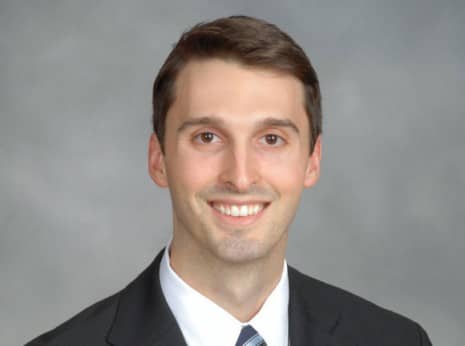
"Growth of the lower jaw is essential for proper chewing, speaking and breathing, as well as for facial appearance," said Viechnicki, an orthodontist at Viechnicki Orthodontics and adjunct assistant professor at Temple University. "This research will be instrumental in helping orthodontists everywhere to provide precise treatment to their patients."
Using 3D technology to look at jaw growth, Viechnicki found that similarly shaped mandibles can grow at different rates and directions, due to anatomical differences in the craniofacial skeleton. According to Viechnicki, this new research can be used to help guide orthodontic treatment in more than 75% of children who have malocclusions.
"Parents need to understand that the appearance of the face is largely determined by the underlying jaw bones. Orthodontists can guide the growth of the jaw and now will be better at assessing facial growth," he says. "Now we will be more in tune with the uniqueness of each child’s growth."
While conducting the research that he will be presenting, Viechnicki and his colleagues at Temple University made surface-based measurements of jaw growth in children. The 3D data was taken from a database of pre- and post-orthodontic CBCT scans created at the University of Nevada, Las Vegas. That retrospective study design eliminated the need to expose a single child to radiation for the purpose of this study.









